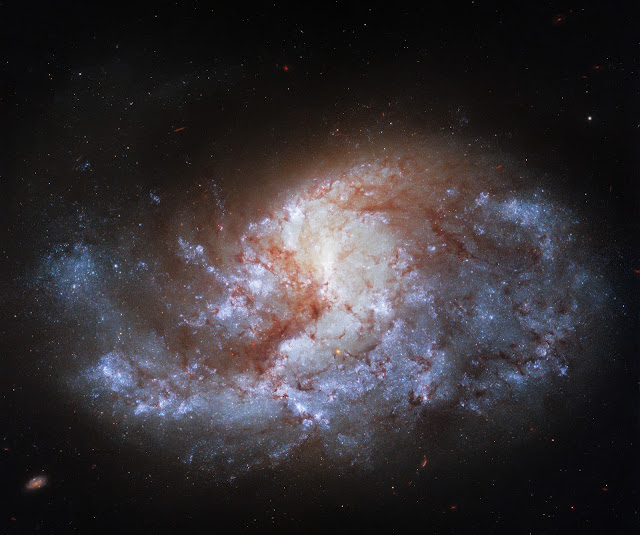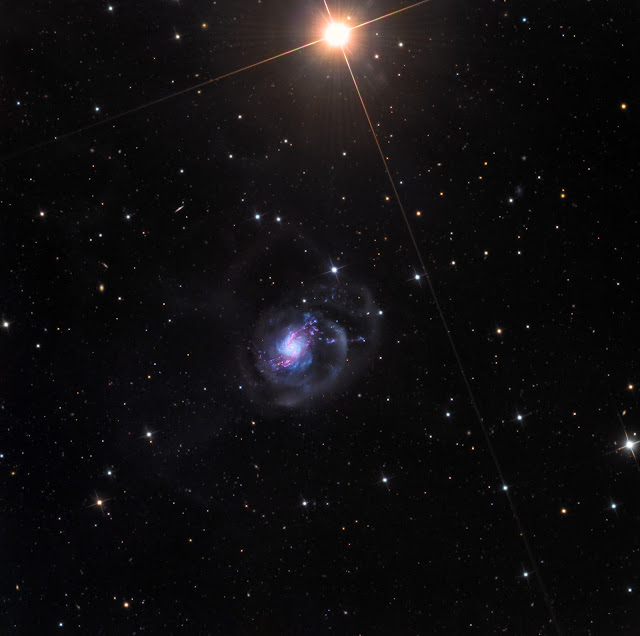Autumn in Japan | Earth from Space | Europe's Copernicus Sentinel-3 Satellite
This image, from the Copernicus Sentinel-3 mission on Nov. 1, 2023, captures the colors of autumn over the Japanese archipelago.
Japan is made up of thousands of islands stretching over 2,500 km through the western Pacific Ocean. Almost all of the land area, however, is taken up by the country’s four main islands, three of which are pictured in this image. From north to south we see Honshu, the largest island extending in a northeast–southwest arc, Shikoku, just beneath the lower part of Honshu, and Kyushu at the bottom.
The image also shows how Japan is mainly mountainous and about 68% of the land area is covered by forest. Cooler temperatures and fewer daylight hours triggered the autumn foliage. This shows up here in shades of brown and red, particularly in forests in the upper part of the image. The colors depend on the various tree species, local weather, altitude and orientation of the slopes.
Urban areas and cultivated land stand out in sharp contrast in tones of grey. The largest area on the eastern coast of Honshu is Japan’s capital Tokyo. This metropolitan area—commonly known as Greater Tokyo—stretches around Tokyo Bay and is home to about 37 million people, making it the largest megacity in the world. Other urban areas, visible moving south along the Pacific coast of Honshu, are Nagoya and Osaka.
Honshu is also home to the country’s highest mountain Mount Fuji, a volcano that has been dormant since 1707. Its snow-capped summit can be spotted as a small white dot near the Pacific coast, about 100 km southwest of Tokyo.
Another volcano, visible with a plume of smoke pouring from its summit, is Sakurajima on the southern island of Kyushu. Formerly an island-volcano in the middle of Kagoshima Bay, it is now a peninsula after a powerful eruption in 1914 connected it with the Osumi Peninsula to the east.
Copernicus Sentinel-3 satellites carry four sensors working together, making it the most complex so far of all the Sentinel missions. The Ocean and Land Color Instrument used to create this image offers new eyes on Earth, monitoring ocean ecosystems, supporting crop management and agriculture, and providing estimates of atmospheric aerosol and clouds.
Learn more about Copernicus Sentinel satellites:
https://sentinels.copernicus.eu/web/sentinel/home
Image Credit: Copernicus Sentinel data (2023), processed by ESA, CC BY-SA 3.0 IGO
Image Date: Nov. 1, 2023
Release Date: Nov. 10, 2023
#NASA #ESA #Space #Science #Satellite #Sentinel3Satellite #Planet #Earth #Japan #日本 #Autumn #Autumn2023 #Europe #EarthObservation #RemoteSensing #FalseColor #STEM #Education



APoD.jpg)









APoD.jpg)
.jpg)
.jpg)
.jpg)